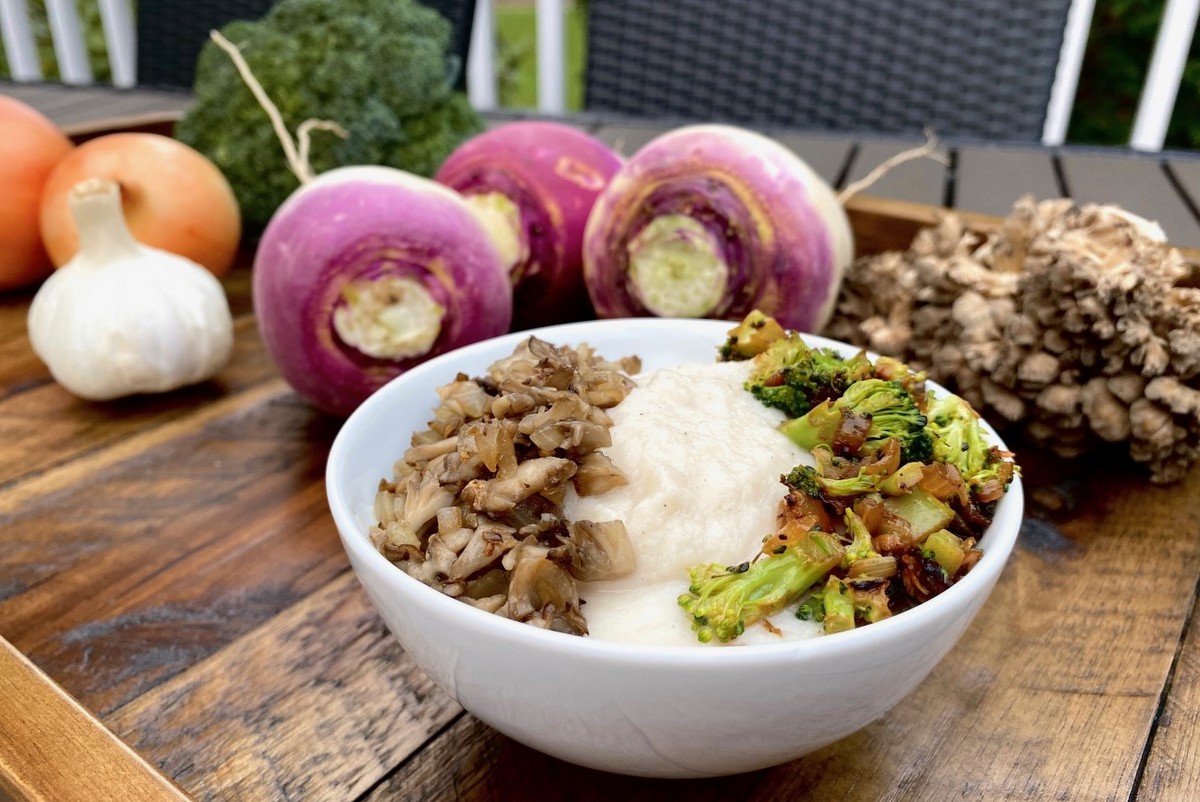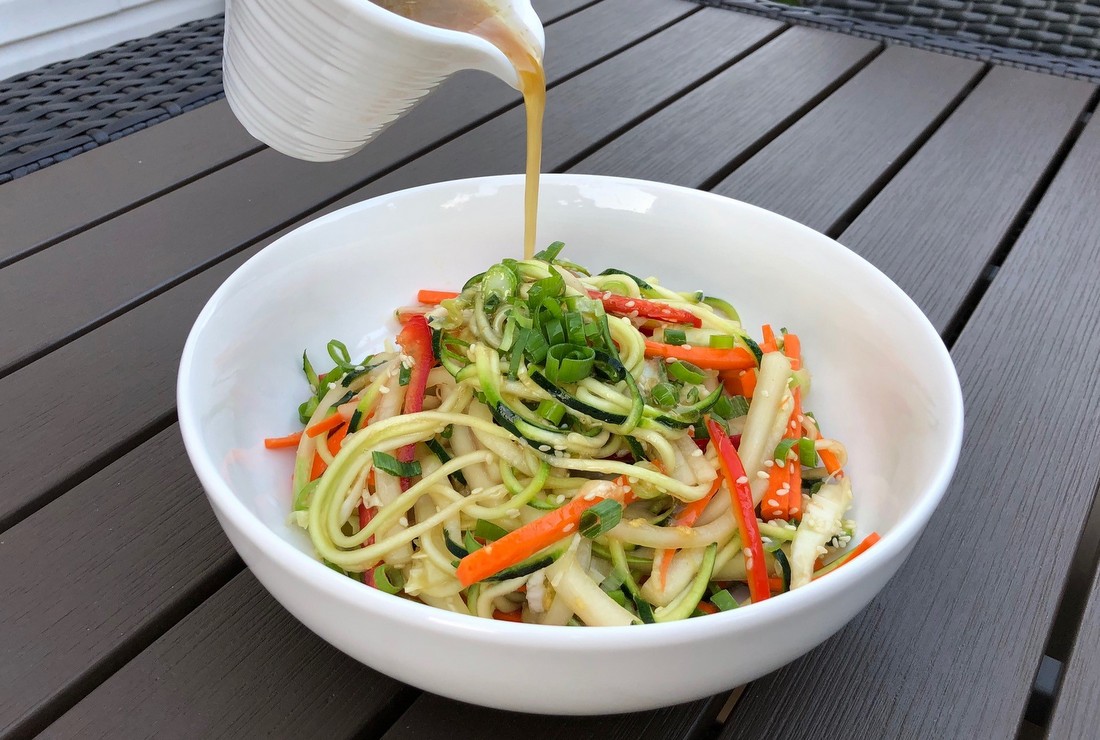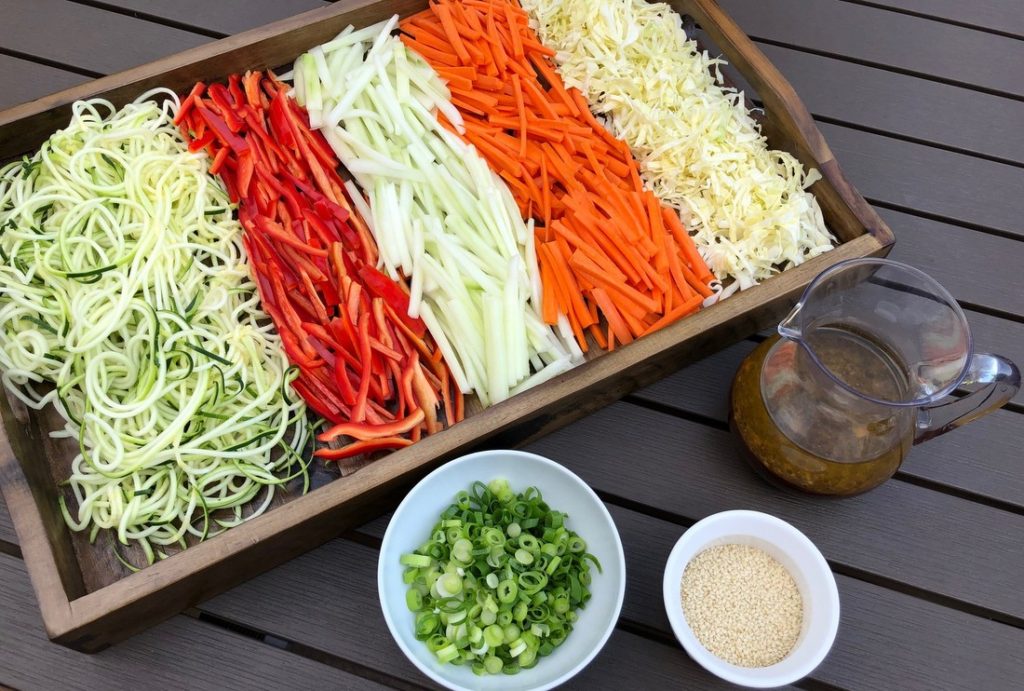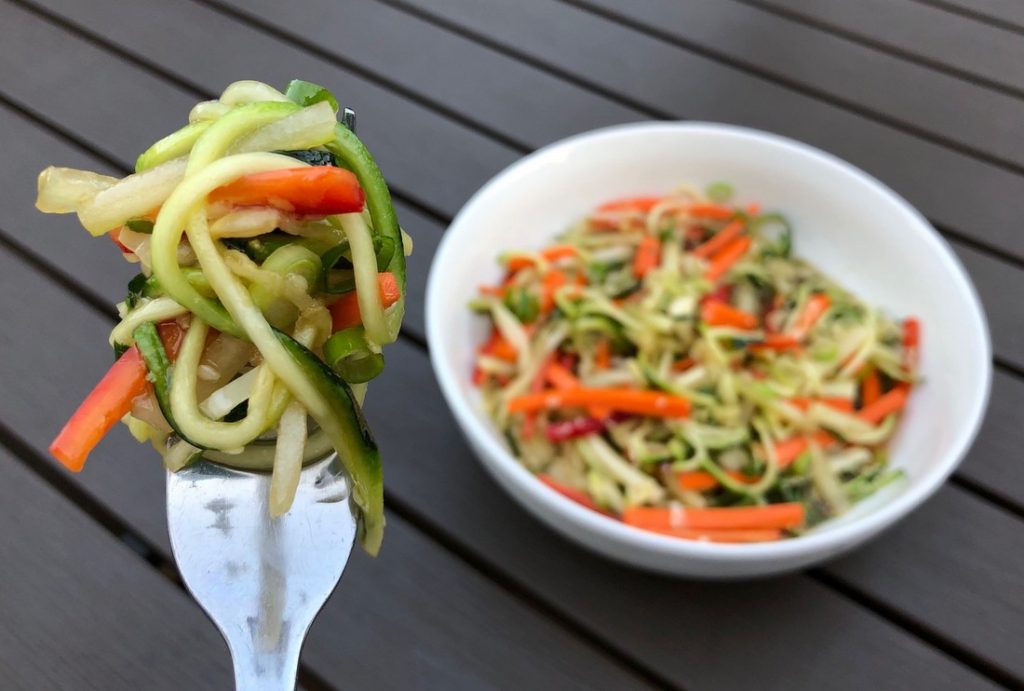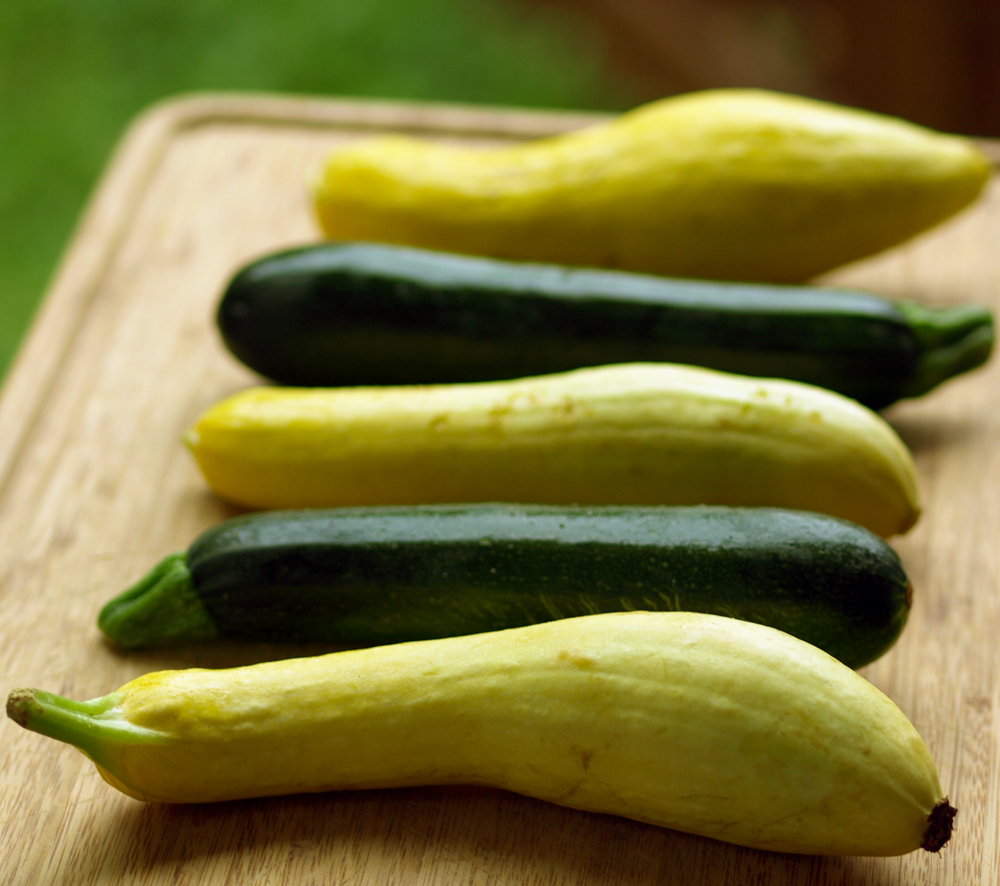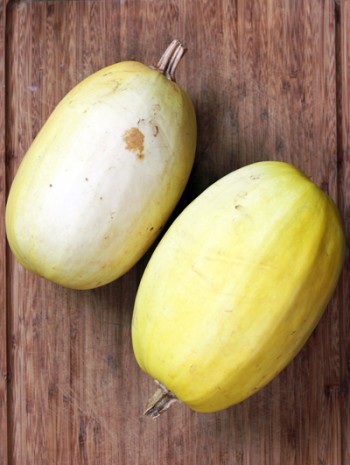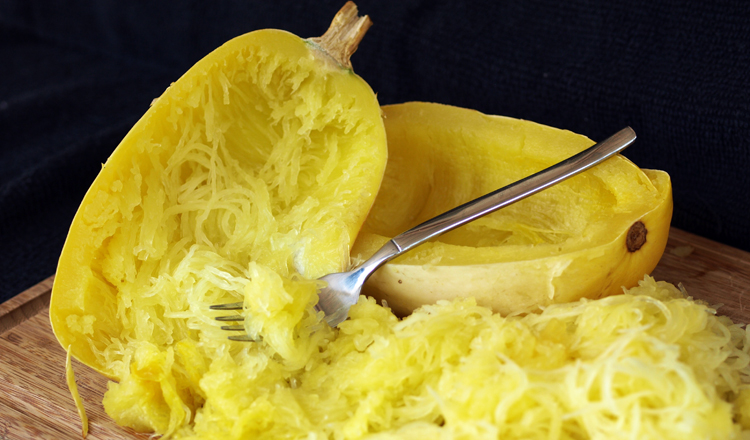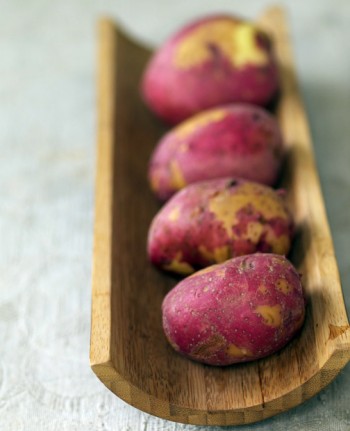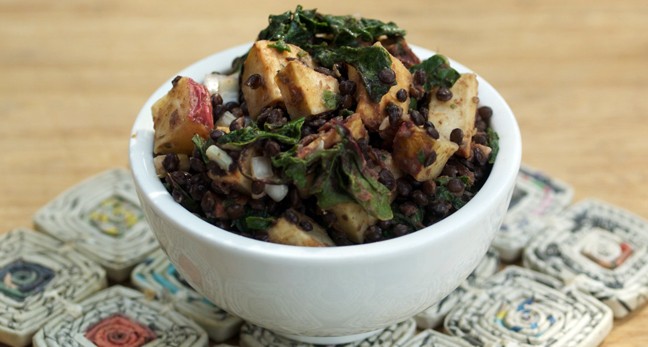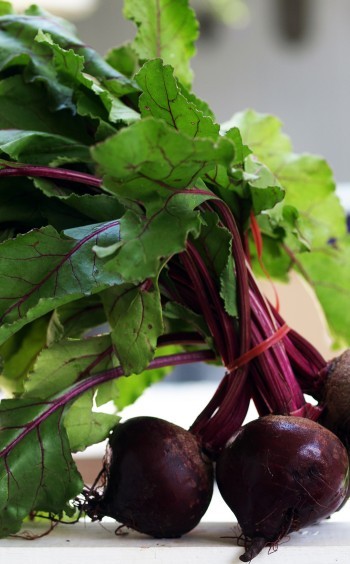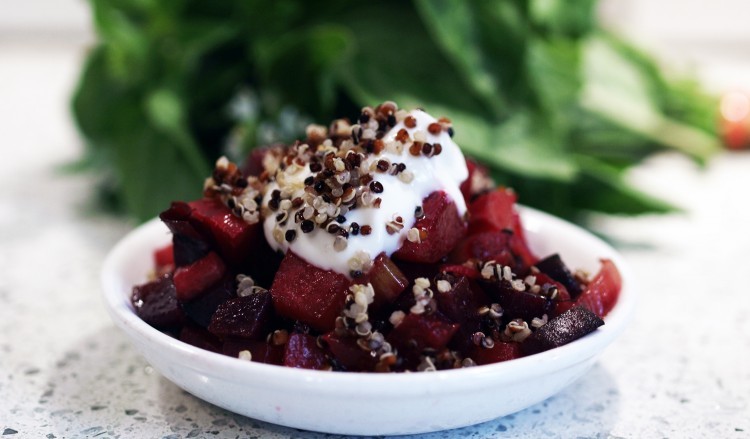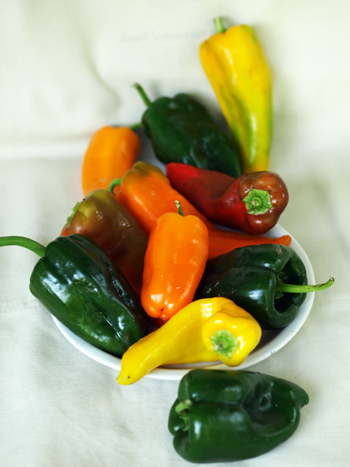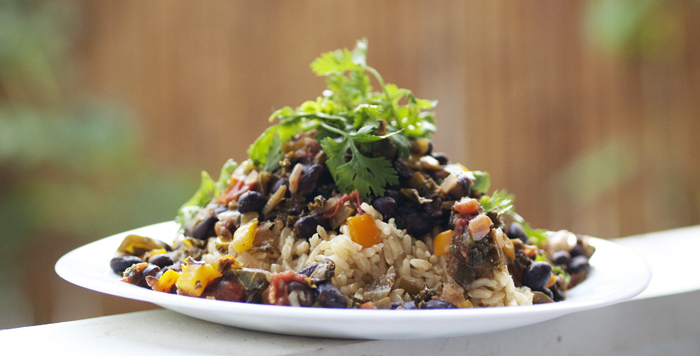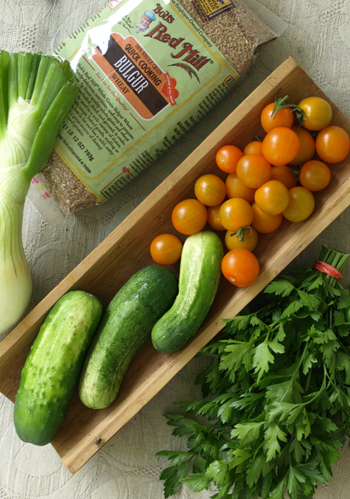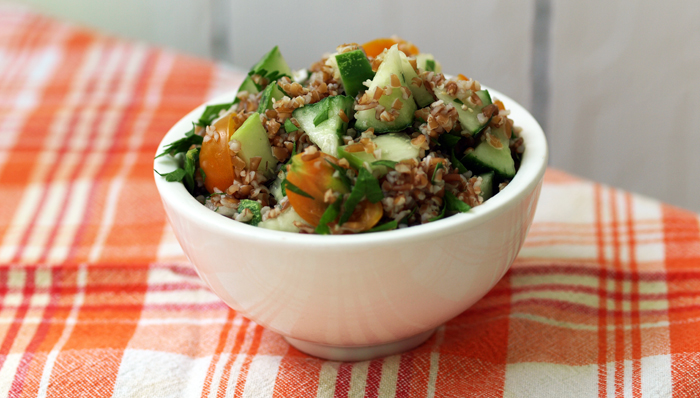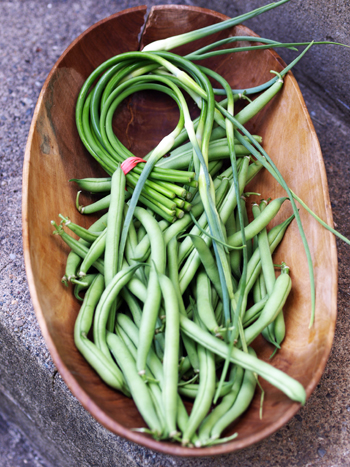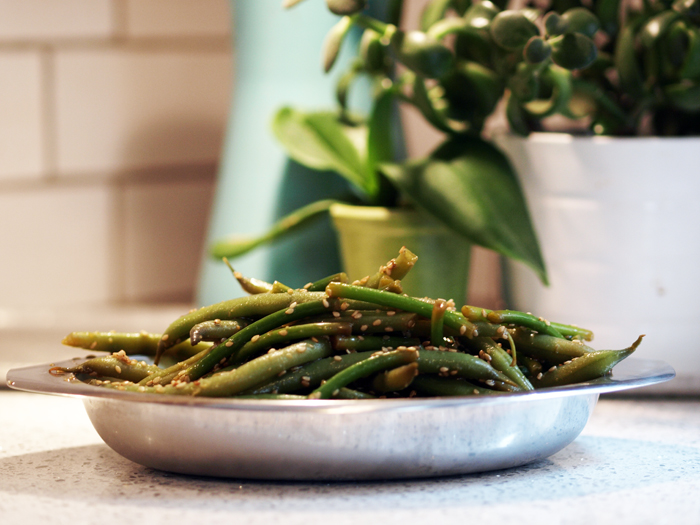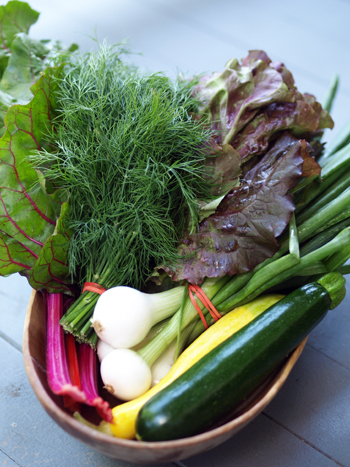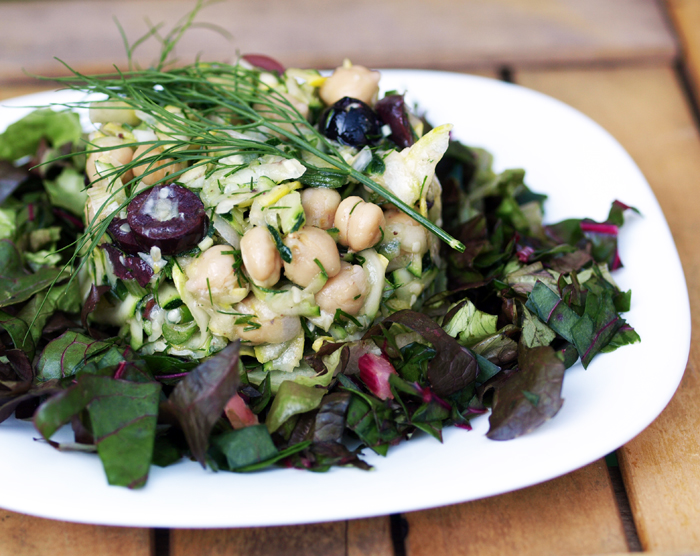14 Oct Pureed Turnips with Riced Broccoli and Sauteed Mushrooms
One of my favorite ways to serve turnips is to roast them, but I wanted to create a recipe that used them in a different way. This dish features turnips that have been cooked and then pureed. Top with some mushrooms and broccoli and this dish becomes a delicious blend of flavors and textures.
Pureed Turnips with Riced Broccoli and Sauteed Mushrooms
Ingredients:
2 lbs purple top turnips
2 Tbsp butter (or non-dairy substitute)
½ tsp garlic powder
1/8 tsp black pepper
¼ tsp sea salt
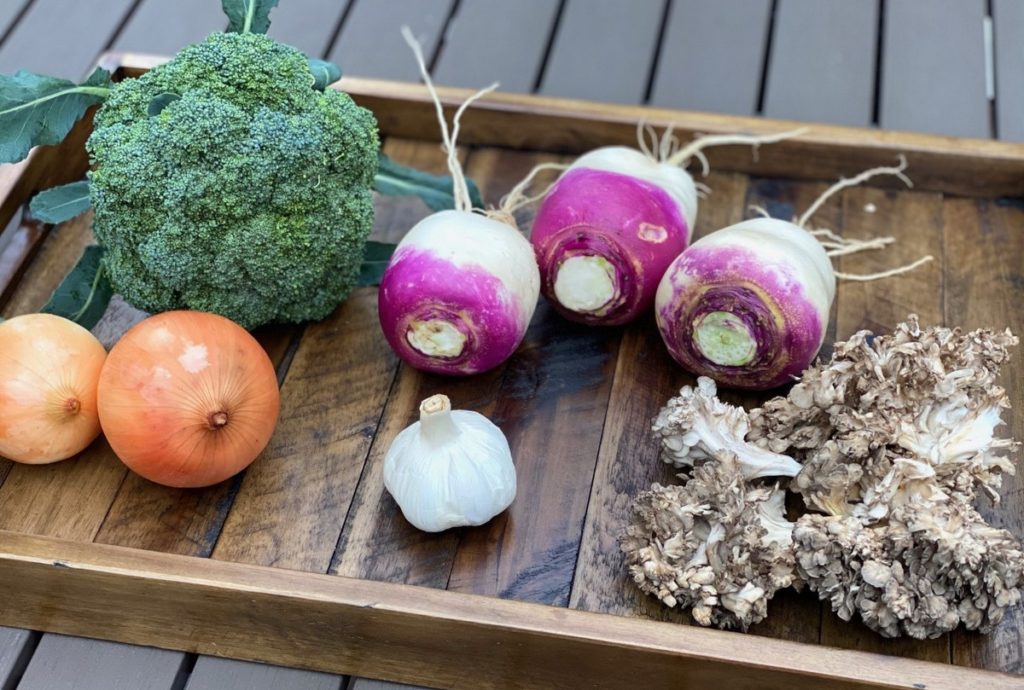
- Wash turnips and cut into 1- inch cubes.
- Fill large pot halfway with water. Bring to a boil.
- Place cubed turnip pieces in water. Bring to a boil again and then reduce to a simmer. Cook for 30 minutes or until turnips are fork tender.
- Drain turnips. Place in blender or food processor with butter and seasonings. Blend until smooth.
- Place turnip puree in serving bowl. Top with riced broccoli and sauteed mushrooms or simply serve as a side.
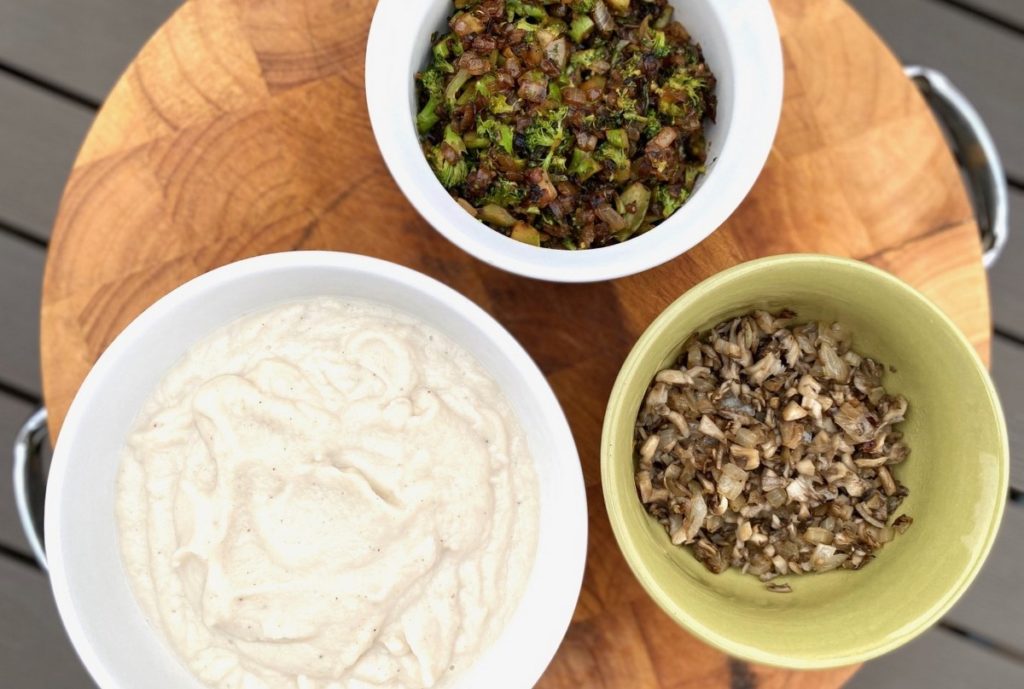
Riced Broccoli
Ingredients:
2 Tbsp olive or avocado oil
½ medium onion, finely chopped*
2 cloves garlic, minced
3 Tbsp water
1 cup broccoli crowns, finely chopped*
Heat oil in pan on stovetop. Reduce heat to low. Add onions and garlic. Cook for 2 minutes. Add water to deglaze the pan. Add broccoli and cover. Cook for 10 minutes. Remove from heat and set aside.
*You can also put the onion and broccoli in a food processor and finely chop.
Sauteed Mushrooms
Ingredients:
2 Tbsp olive or avocado oil
½ medium onion, finely chopped
1 cup Maitake mushrooms, finely chopped
Pinch sea salt
Heat oil in pan on stovetop. Reduce heat to low. Add onions and cook for 2 minutes. Add mushrooms and salt. Mix and allow to cook for 5 minutes. Remove from heat and set aside.
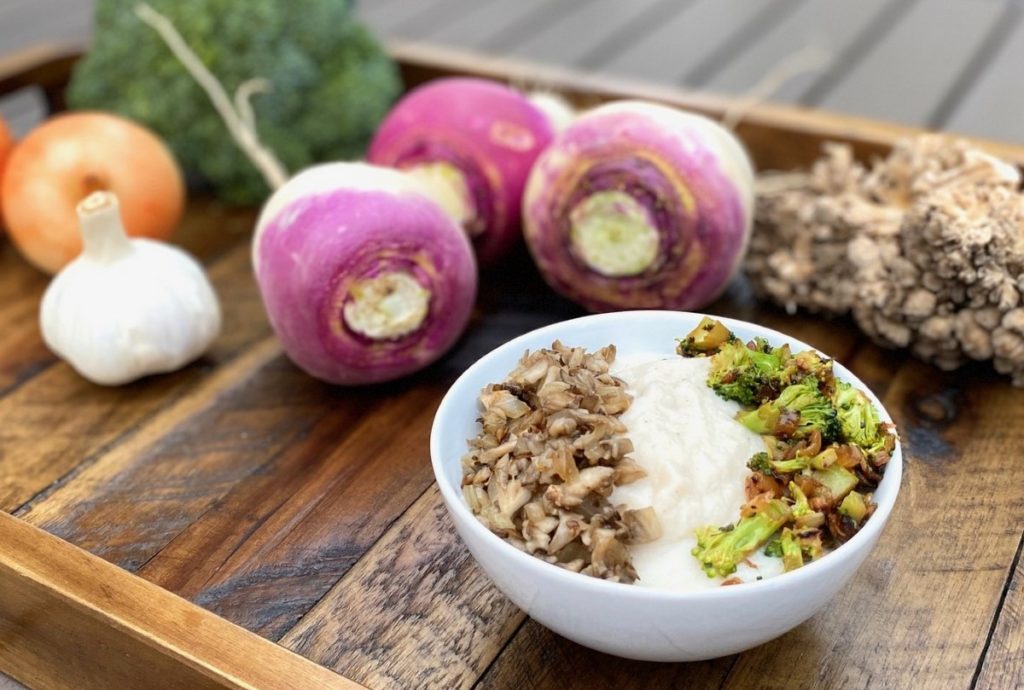
Recipe and photos by Stephanie Borzio. Stephanie is a mom of three active boys and is an autoimmune warrior. After battling her own health for several years, Stephanie found healing through food and lifestyle changes, including joining Blooming Glen Farm CSA of which she is a long time member. She is a Board Certified Integrative Nutrition Health Coach who is passionate about sharing healthy living tips and real food recipes. Instagram and Facebook: Tru You Essentials; Website: www.truyouessentials.com





